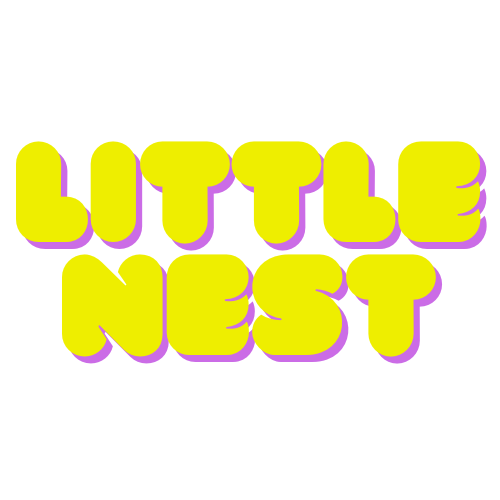As a new parent, you quickly realize that bibs are an essential item in your baby's wardrobe. These versatile accessories not only keep your little one's clothes clean during messy mealtimes but also add a touch of style and personality to their outfits. With so many options available, it can be overwhelming to choose the right bibs for your baby. In this comprehensive guide, we'll explore the different types of infant bibs, the importance of materials, key features to consider, and practical tips to help you make the best selection for your little one.
Types of Infant Bibs
Bibs come in a variety of styles, each with its own unique benefits. Let's take a closer look at the most popular options:

Traditional Bibs
Traditional bibs are the classic choice, often made of cotton or other absorbent fabrics. They are typically rectangular or square in shape and feature a snap or velcro closure at the back. These bibs are great for catching drool, spit-up, and food during mealtimes.
Bandana Bibs
Bandana bibs are a trendy and stylish option that have become increasingly popular in recent years. These bibs are triangular in shape and often feature fun, playful prints or patterns. They are usually made of soft, absorbent materials and are secured around the neck with a snap or tie closure.
Silicone Bibs
Silicone bibs are a modern and practical choice for parents. These bibs are made of food-grade silicone, which is durable, easy to clean, and waterproof. Silicone bibs often have a built-in food catcher at the bottom to contain messes, making them ideal for messy eaters.
Disposable Bibs
Disposable bibs are a convenient option for on-the-go or travel situations. These bibs are typically made of a lightweight, absorbent material and can be easily discarded after use, eliminating the need for washing.
Materials Matter
The material of your baby's bibs can significantly impact their comfort, absorbency, and durability. Let's explore the pros and cons of some of the most common bib materials:
Cotton
Cotton bibs are a classic choice, known for their softness, breathability, and absorbency. They are easy to wash and can withstand frequent use. However, cotton bibs may not be as water-resistant as other materials.
Silicone
As mentioned earlier, silicone bibs are a popular option due to their waterproof and easy-to-clean properties. They are also durable and can withstand repeated use. However, some parents may find silicone bibs less breathable than cotton.
Waterproof Materials
Bibs made from waterproof materials, such as polyester or nylon, are excellent at preventing leaks and stains. They are often easy to wipe clean and can be a great choice for messy eaters. However, these materials may not be as soft or comfortable as natural fibers.
Key Features to Consider
When selecting infant bibs, there are several key features to keep in mind:
Adjustable Closures
Look for bibs with adjustable closures, such as snap or velcro, to ensure a secure and comfortable fit as your baby grows.
Size and Coverage
Consider the size and coverage of the bib, ensuring it provides ample protection for your little one's clothing during mealtimes.
Easy to Clean
Choose bibs that are easy to clean, whether that means machine-washable, dishwasher-safe, or simply wipe-clean.
Comfort and Softness
Prioritize bibs made from soft, gentle materials that won't irritate your baby's delicate skin.
Style and Design
While functionality is the primary concern when it comes to infant bibs, you can also find options that are both practical and stylish. Look for bibs with cute, trendy designs that complement your baby's outfits. From classic stripes and polka dots to playful animal prints, there's a bib to suit every style.
Practical Tips for Bib Selection
To ensure you're making the best bib choices for your baby, consider the following tips:
Age-Appropriate Choices
Select bibs that are appropriate for your baby's age and developmental stage. Newborns may benefit from smaller, more absorbent bibs, while older infants may need larger bibs with better coverage.
Mealtime vs. Drool Bibs
Differentiate between bibs designed for mealtimes, which need to be more absorbent, and those meant for drooling, which can be lighter and more breathable.
Quantity Recommendations
It's a good idea to have a variety of bibs on hand, as they can quickly become soiled during the day. Aim for at least 5-10 bibs to ensure you always have a clean one available.
Care and Maintenance
Proper care and maintenance of your baby's bibs will help them last longer and stay in top condition. Follow the manufacturer's washing instructions, which may include machine washing, hand washing, or even dishwasher-safe cleaning. Additionally, store clean bibs in a dry, cool place to prevent mildew or odors.

Conclusion
Choosing the right infant bibs for your baby can make a significant difference in their comfort and your peace of mind during mealtimes. By considering the various types, materials, and key features, you can find the perfect bibs that not only keep your little one's clothes clean but also add a touch of style to their outfits. Remember to select bibs that are age-appropriate, practical, and easy to care for, and you'll be well on your way to a mess-free, stylish, and comfortable feeding experience.

